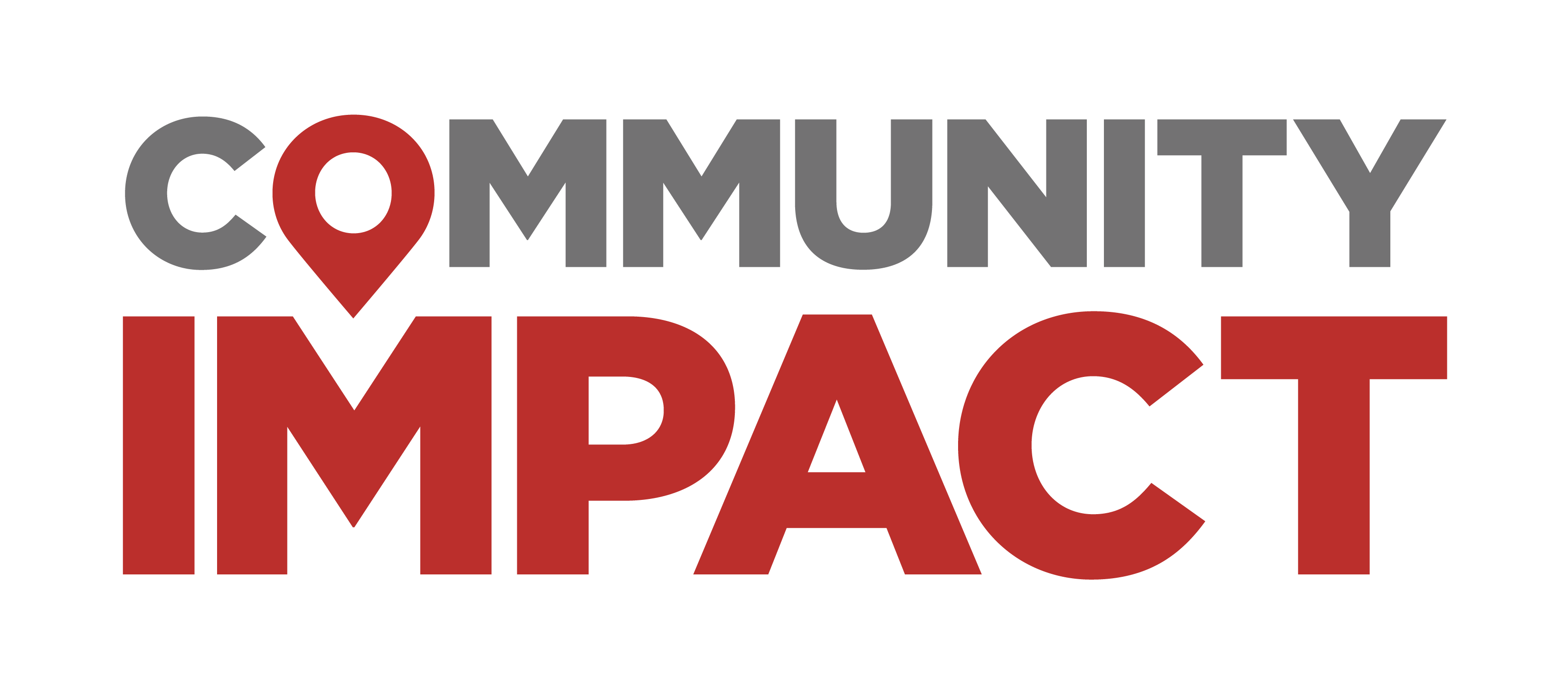Further cuts discussed at the board of trustees regular meeting Feb. 10 were focused on non-payroll reductions.
The details
During his presentation to the board, Chief Financial Officer Jonathan Pastusek talked about the “big rocks” and “small rocks and sand” that he and his staff are evaluating in order to either reduce expenditures or increase revenue.
Most of the big rocks are related to payroll, which accounts for 81% of the district’s $337 million budget. Many of these items, which include eliminating positions, maximizing staffing ratios, adjusting master schedules and eliminating low enrollment programs, have already been addressed.
The small rocks and sand, which include mostly non-payroll related items, are still being evaluated. They include:
- Bus travel costs for extracurricular activities
- Reducing middle school field trips
- Reducing paper costs
- Reviewing energy management program
- Outsourcing some operations
- Administrative budget reductions
Although school districts don’t have many options when it comes to increasing revenue, Pastusek offered the following ideas to the board:
- Pursuing federal programs such as grants, solar programs and electric buses
- Engaging in partnerships with area companies
- Facility rentals
- Open enrollment
As part of the $16 million in cuts needed to balance the district’s 2025-26 budget, Pastusek has recommended 81%, or $13 million, come from payroll, since 81% of the district’s $337 million budget is for payroll. He recommends the remaining $3 million come from non-payroll cuts.
During the public comment period of the meeting, McKenzie Walker, an NISD student currently enrolled in an AVID college readiness class, spoke to the board members about the importance of not making any cuts to the program, which is currently on the chopping block.
“AVID is specifically designed to help kids go to college, kids like me, the kids that are the foundation of this district,” Walker said. “The mission of NISD states that kids come first. So why is it always that these kids’ programs are getting cut? Why is it always that we are the ones having to suffer?”
What they’re saying
These budget reduction discussions have been in response to the district’s voter-approval tax rate election failing Nov. 4, which would have generated approximately $16 million in the district’s maintenance and operations budget.
Place 2 Board Member Mark Schluter said that board members and district staff are looking at everything to make sure all possibilities are being examined.
“We’re turning over every stone and looking for every penny that we can use,” Schluter said.
Superintendent Mark Foust took the opportunity to once again show his frustration with the state, which has not increased the per student allotment of $6,160 since 2019. Inflation since that year has increased more than 22%.
“We are angry,” Foust said. “We’re in a budget crisis that is not our creation, it’s not our choice and we don’t want to be here. We have been advocating vehemently [for more funding] with our legislators and will continue to do so.”
Foust said many district officials will travel to Austin on March 5 to talk to legislators in person about the importance of providing the proper funding for the district. In addition, the district has created a webpage where district students, parents and staff can advocate for legislators to prioritize public school funding and to increase the basic allotment.
Next steps
While the Feb. 10 item was for discussion only and no action was taken, the budget timeline will continue through the spring and will culminate in adopting the 2025-26 budget June 23.
Pastusek said that although the last VATRE failed, the district is looking into possibly pursuing a new VATRE this November. He added per state law, VATREs are only allowed on ballots in November elections.





